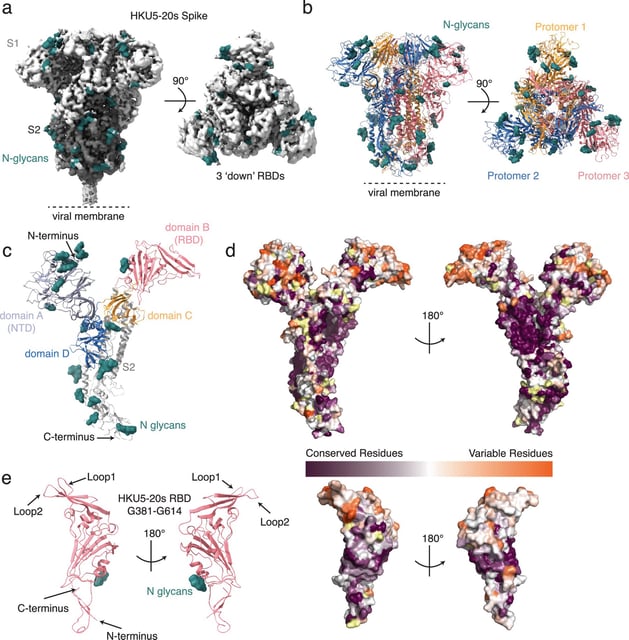Overview
- HKU5 viruses, a subgroup of merbecoviruses closely related to MERS-CoV, have been shown to use the ACE2 receptor though they currently bind more effectively to bat variants than to human versions.
- Researchers identified specific alterations in the HKU5 spike protein that could allow the virus to attach to human ACE2 receptors after only minor genetic changes.
- AI-driven AlphaFold3 structural modelling accelerated mapping of spike-ACE2 interactions from months to minutes, guiding mutation pinpointing and potential intervention strategies.
- HKU5 viruses have been detected in bat populations across Asia, Europe, Africa and the Middle East and one Chinese strain has already infected farmed minks, demonstrating cross-species transmission potential.
- Funded by the NIH and led by Washington State University’s Michael Letko, the study underscores the need for proactive surveillance and targeted vaccine development against emerging HKU5 threats.

